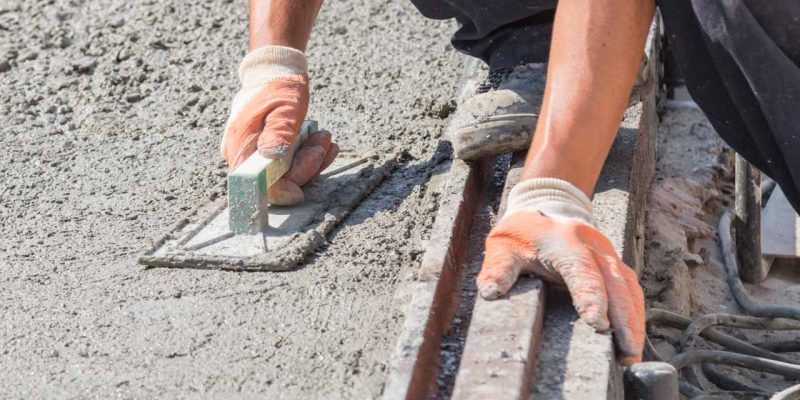You probably don’t walk barefoot on the road very often. It’s gravely, dangerous, and there are a million other reasons not to. But if you’ve ever been sitting on your porch on a hot summer day, and see the ice cream truck roll by, you might be motivated to do it. One of the first things you’d notice as you sprint down the street is how much warmer the pavement and road are than the air.
Pavement reflects a low amount of light and absorbs solar radiation, giving off heat as a result. This not only makes it hotter to touch, but also raises temperature in the surrounding area. The U.S. has over 4 million miles of road, and the largest concentrations of pavement are located in cities. You may see where we’re going with this — is an area surrounded by pavement, such as a downtown city center, temperatures will feel even hotter than they are. It’s called the heat island effect, and it’s becoming a problem as heat waves become more common. So how do we reduce the impact of pavement when we rely on it so much?
Cool pavements are one solution. As the name suggests, the material gives off less heat than the typical pavement we are used to. It can do this in a couple ways, from being composed of different materials to simply being painted the right color to reflect more light. These techniques have actually been used for a while now, but a recent report from MIT explored the effects widespread use would have.
If the average city converted to cool pavements, temperatures could drop by 2.5 degrees Fahrenheit in urban areas. Amazingly, while looking at additional impacts, projected emissions of Phoenix and Boston would fall 6% and 3% respectively for the entire city. Reflective pavements not only reduce temperatures, they also reflect radiation, reducing energy used to cool buildings (think ACs), and more.
If you’d like to dip your toe in and learn more about this topic, check out the Q&A MIT News ran on this topic. If you want to dive into the deep end, check out the report.



















Comments